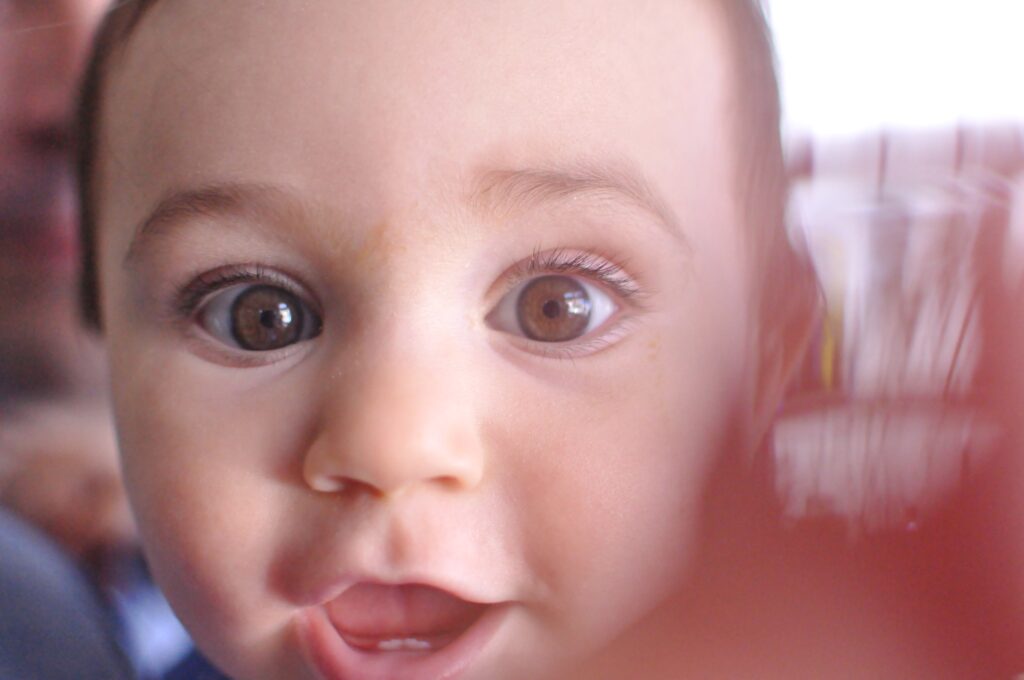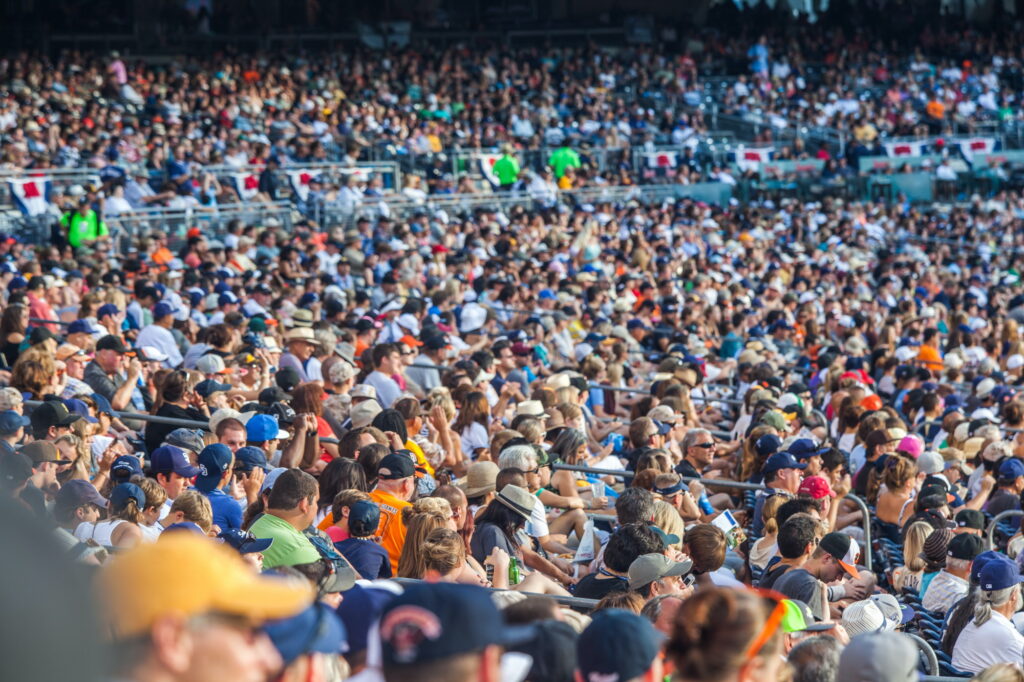To understand PPCR, it is easiest to start by looking at where the intelligence resides in an Intelligent System. Observing the behavior of Intelligent Systems we see that they all follow the laws of physics and their level of intelligence is based primarily on their ability to learn. To learn, a system needs the ability to first observe and record what it is experiencing in its short-term memory and then be able to process the observed information into learned knowledge in it’s long-term memory. The system can then use the knowledge to better manage its future behavior which we are able to observe, enabling us to infer the system’s intelligence and ability to learn. Simply put, to have intelligence a system needs to be able to observe and process information into its memory and then use the information to help manage its future behavior. Even more simply, a system’s intelligence resides in its memory and its ability to process information.
As humans our intelligence resides in our brain where we have large amounts of memory and the ability to process information, enabling us to think, learn and execute behavior. Neurons in our brain process our senses, manage our memory and drive our individual behavior. Effectively our brain is a neural computer using neural memory. If we look at a robot for example, it has an electronic computer with electronic memory functioning as its brain. Compared to a human, a robot’s intelligence resides in its electronic computer and memory rather than a neural computer and memory, enabling it to exhibit similar individual behavior. Generalizing, regardless of how it’s accomplished, intelligent behavior is based on memory, computing capability and a mechanism to execute the behavior.
If we take this idea one step further and look at Intelligent Systems based on collective behavior we need to understand that the system’s intelligence resides in the individual systems that are creating the collective behavior. Effectively the system’s collective memory and collective computing capability is distributed across the individual systems that are executing the collective behavior. As a result, an Intelligent System based on collective behavior is able to collectively think and learn with its intelligence distributed across the systems that are executing its collective behavior.
As humans we all understand the experience of thinking. “I think therefore I am” is how we know that we exist, but in what reality? I would suggest that the reality that exists in our brain driving our individual behavior is our ‘personal reality’ and through our experiences, we infer and create a model of the ‘physical reality’ around us. Further we find that our physical reality has other systems in it that are exhibiting intelligent individual and collective behaviors. Based on our own experience of our personal reality, we can infer that there is a personal reality thinking and driving the intelligent individual behaviors that we observe. We can also infer there is a ‘collective reality’ thinking and driving the intelligent collective behaviors that we observe. Through communication we find that we can connect to these other personal and collective realities further validating our belief of their existence in a common physical reality. Expanding our understanding of reality to include Physical, Personal and Collective Reality (PPCR) enables us to better understand our world, set better expectations and enable us to navigate better on our journey through life.

Physical Reality
All systems, intelligent or not, follow the laws of physics. Time, distance, mass and forces, can be thought of as fundamental truth explaining any physical behavior that we can observe. When we observe ourselves “I think therefore I am” we are actually observing a computational construct, our personal reality, that exists in our physical brain and drives our individual behavior. Similarly collective behavior is driven by a computational construct, a collective reality, that exists distributed across the brains and computers generating the collective behavior. The result is that our world is composed of billions of personal and collective realities driving behavior in one common physical reality.

Personal Reality
The great thing about personal reality is that we can simply observe ourself to see how it works in our brain. We can experience our senses feeding us information about the physical reality around us. If we are observant we can also see that we apply knowledge we have accumulated in our memory to the information from our senses to produce the livestream that we experience when we are conscious. Different from virtual reality where our senses are overridden by a computer generated reality, day-to-day our senses are observing physical reality and our brain is constructing our personal reality so we can understand what is going on in physical reality around us, enabling us to better direct our behavior.

Collective Reality
It’s easy to directly experience our personal reality, but it’s a bit tougher to wrap our head around collective reality. In a collective reality our individual memory, information processing and behavior are just a part of the collective reality’s distributed memory, information processing and behavior. Physically neurons in our brain are acting on behalf of each of our connected realities making us an agent of the associated reality. From the perspective of each collective reality, it uses its collective memory to understand its experiences, enabling it to collectively learn and execute its collective behaviors.
It is a bit of a paradigm shift to understand that thinking happens in personal and collective realities which function independent of physical reality. Personal and collective reality are just computational constructs residing in the memory and computing capability of an intelligent system. It takes some effort to make the shift but you will find that the new perspective permeates every aspect of our lives. Read through the blog posts to get a new perspective on how we get through the day both individually and collectively. Our systemic problems exist in our collective realities and hopefully the new perspective will help us learn more effective solutions.